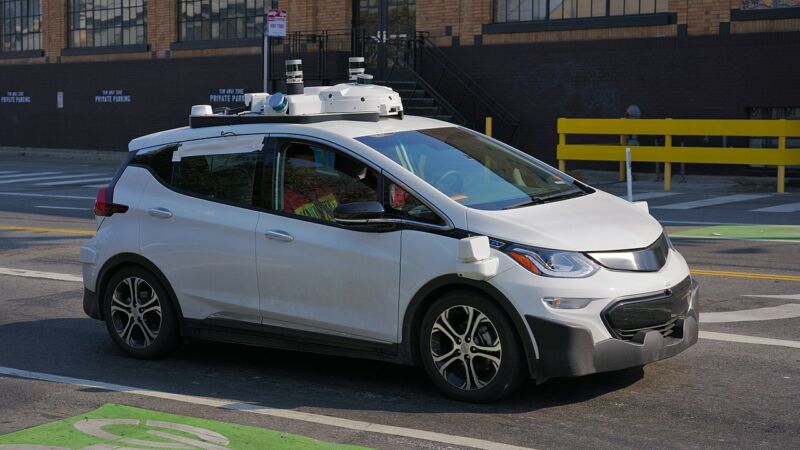How lidar makers are coping with slow progress of self-driving tech

Enlarge / An experimental self-driving car from Cruise Automation is festooned with lidar sensors. (credit: Dllu)
The 2020 Consumer Electronics Show was absolutely crawling with companies hawking lidar. Short for light radar (yes, really), this powerful type of sensor generates a three-dimensional pointcloud of its surroundings. Experts and industry insiders not named Elon Musk see it as a key technology for self-driving cars. There are dozens of companies developing lidar technology, and each insists that its sensor is a cut above the rest.
But while every lidar is above-average in the halls of CES, things are starting to look different in the real world. At least one segment of the market-custom robots for warehouses, mines, and other industrial sites-is starting to buy lidar sensors in significant volume. Another segment-low-end lidars used in car driver-assistance systems-is poised to become a big market in the next couple of years.
For this piece I asked both lidar company officials and independent experts to help me understand the state of the lidar market. They told me that Velodyne-the company that invented modern three-dimensional lidar more than a decade ago-continues to dominate the industry.
Read 39 remaining paragraphs | Comments